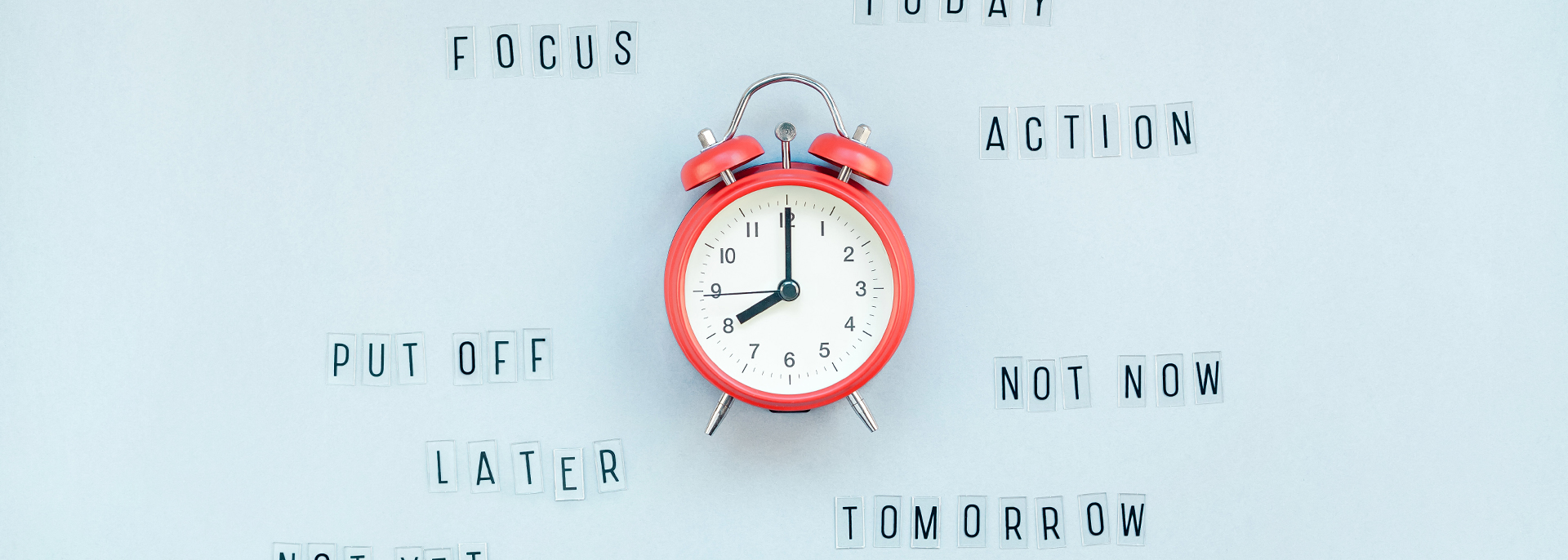- Half of what is known today we did not know 10 years ago. The amount of knowledge in the world has doubled in the last 10 years. It is said to be doubling again every 18 months.
- The average person now receives more information on a daily basis than the average person received in a lifetime in 1900.
- The average person gets 1 interruption every 8 minutes, or 50-60 per day. The average interruption takes 5 minutes, totaling about 4 hours. 80% of those interruptions are typically rated as ‘little or no value’ creating about 3 hours of wasted time per day.
Lifelong learning is an important habit to build to develop future skills in our ever changing world. With the above facts alone, gathered by Dr. Donald E. Wetmore from The Productivity Institute in the USA, it is no wonder we can already feel overwhelmed, struggling to focus with information overload in our lives. This can cause for some panic, anxiety, nights without sleep because it can feel there is not enough time in the day to get what is important to us done.
This is why understanding how we spend and manage our time is so valuable. With this information we can learn to adjust our behaviours, if required, to support us better to be more focused and productive in our day. When we can remove the unnecessary noise and distractions in our day and get going on making our goals a reality it can help us reduce our stress, improve our wellbeing and build our confidence.
Step 1 - The Pareto’s principle
Named after a respected Italian economist Vilfredo Pareto, it is a useful concept to understand in terms of where your own focus and actions are placed and the knock-on impact that can have on your performance.
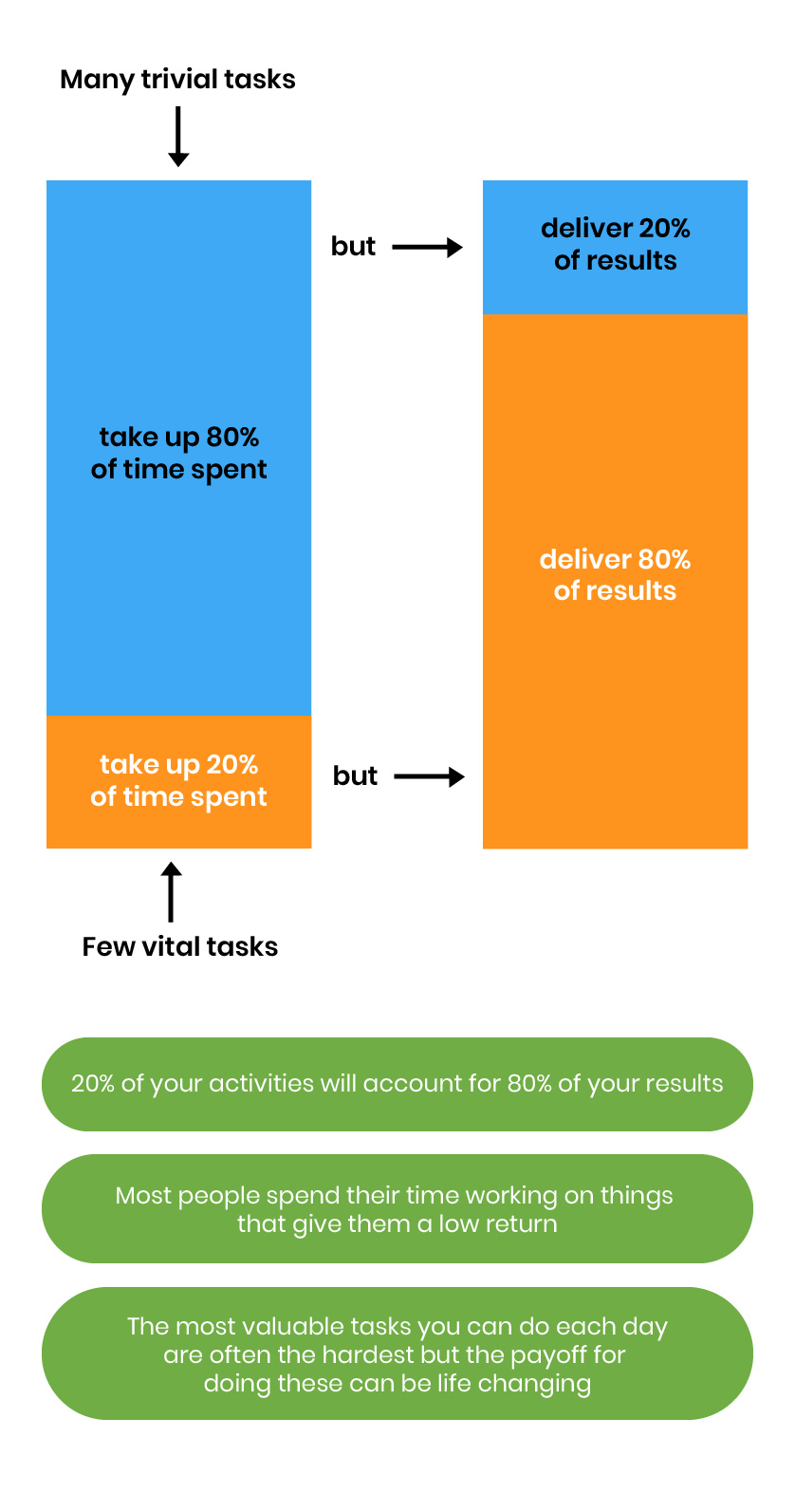
Step 2 - Identify where you do spend your time
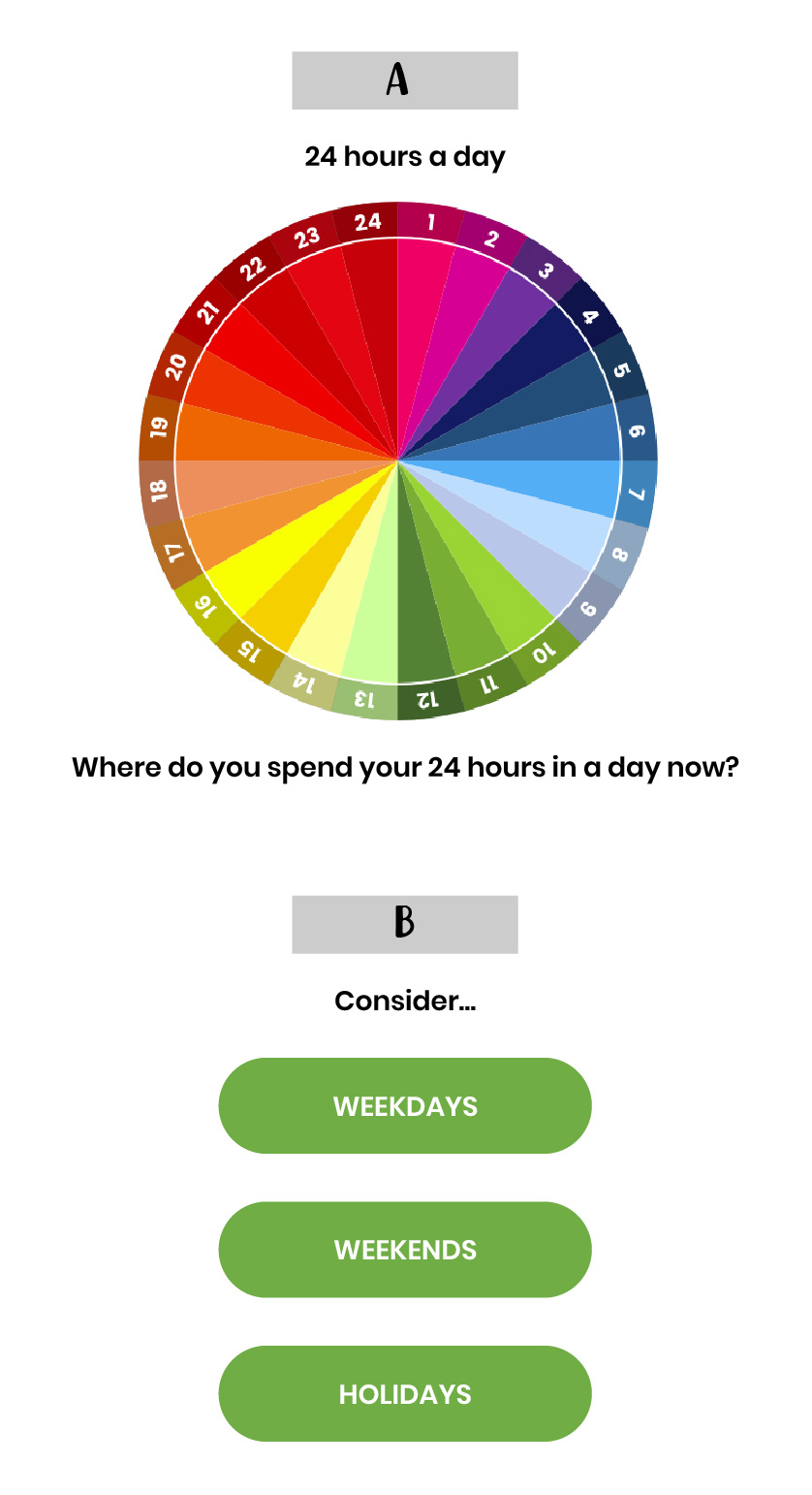
Map out and write down exactly where you spend your 24 day over the next week and see what you discover.
Step 3 - Identify how you can adjust your behaviour
What do you want or need to spend more of your time on? e.g., Learning something new, coursework, revision, a hobby?
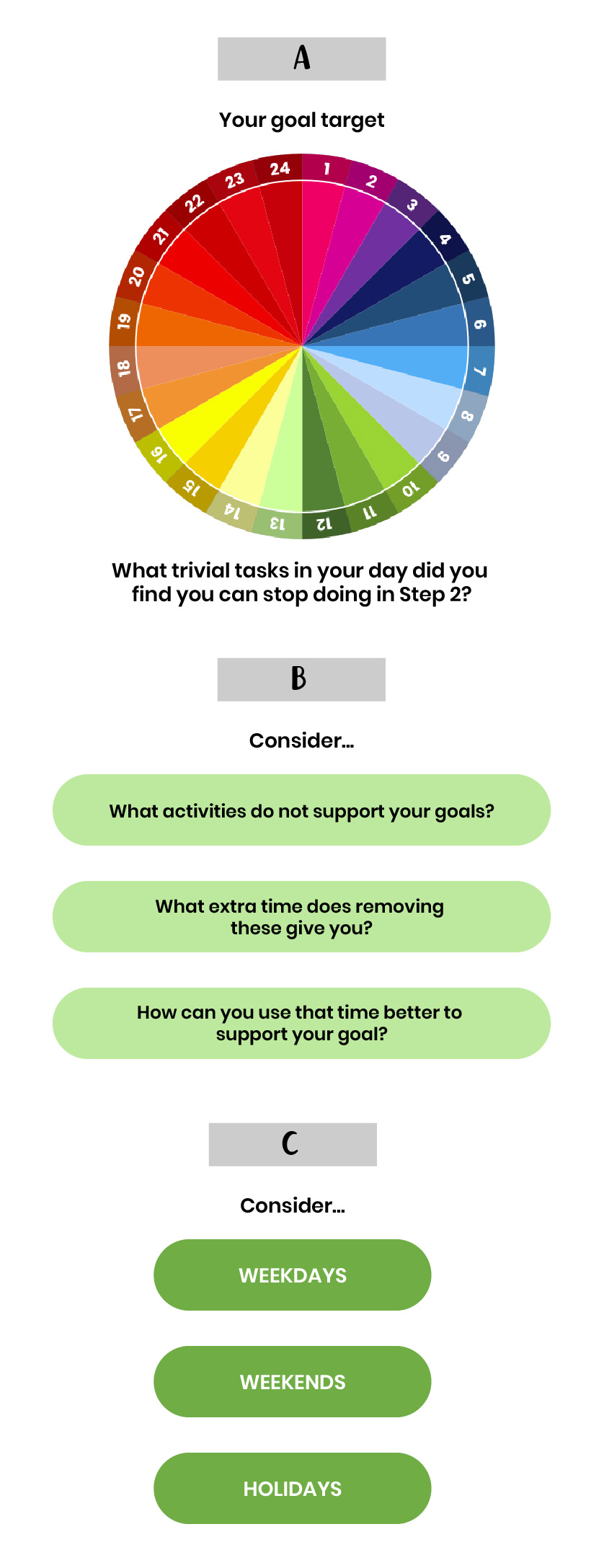
Some more top tips…
Apply the 1-3-5 Rule
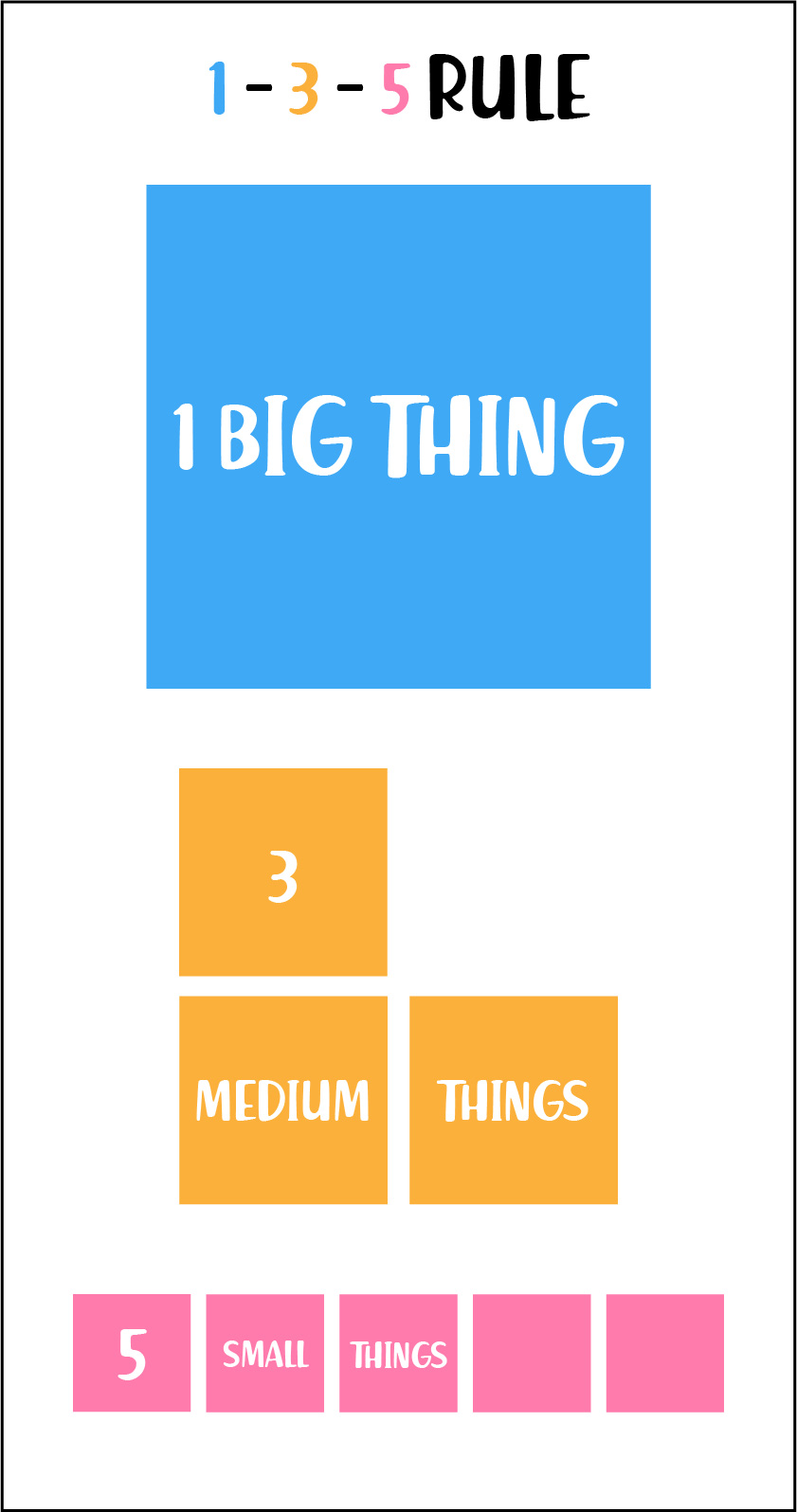
Each day, plan to accomplish 1 big thing, 3 medium things, and 5 little things. Time block when you will do these things to isolate each task, so you can focus on one thing at a time, avoiding multitasking or outside interference.

Planning
1 hour of planning will save 10 hours of doing
So, if you have work to do, plan what you want to achieve first!
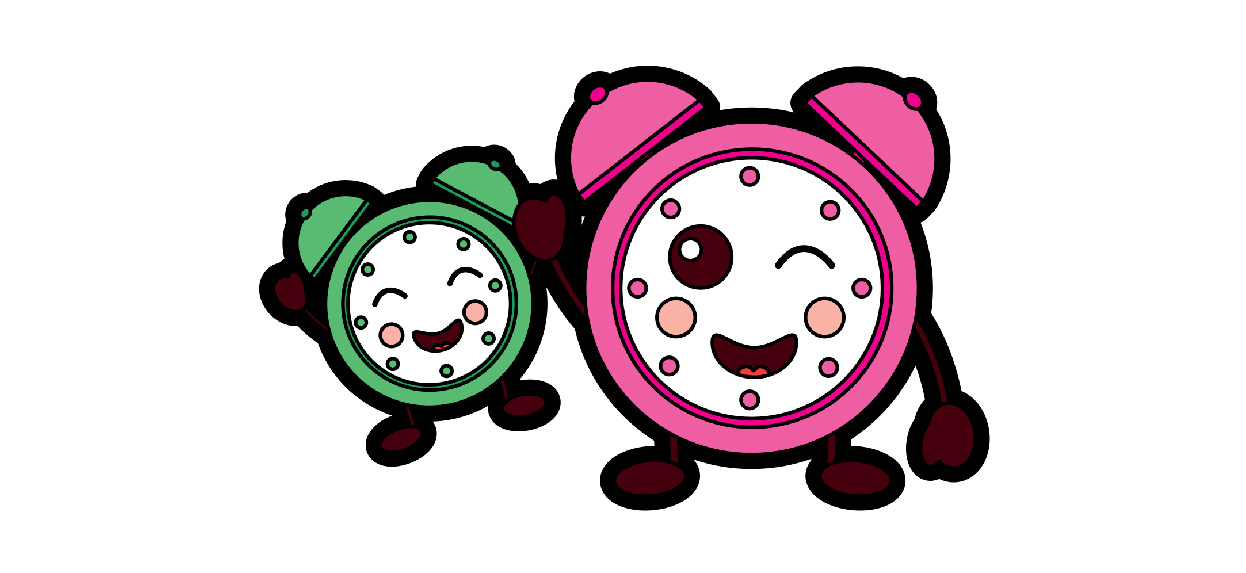
Tidy up
Spend 10 to 15 minutes at the end of your day to tidy up your learning work materials where you can create a specific place where it can always be found. Out of sight is out of mind because when it is in sight, it’s in mind.

Learn to say ‘no’
The most powerful word to ensure you keep on track with your time management is to say ‘no’ to others when they want to distract you from taking action towards your goal.
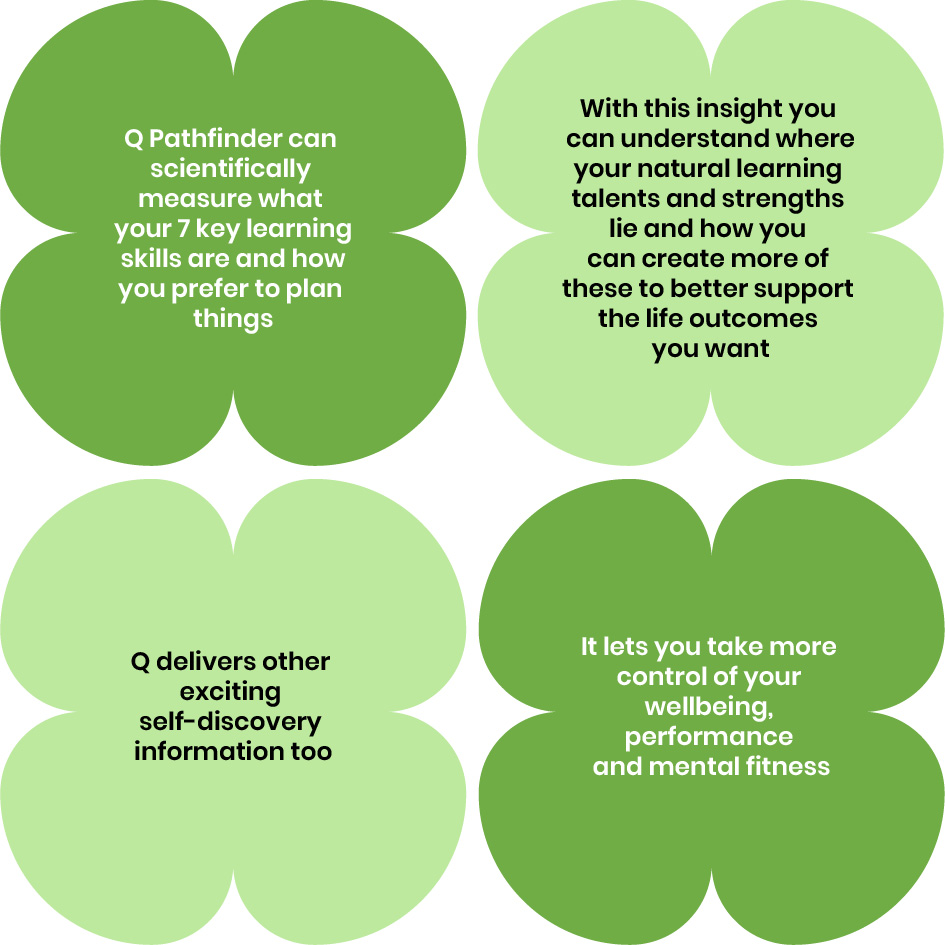
Buy your Q now - click here.
